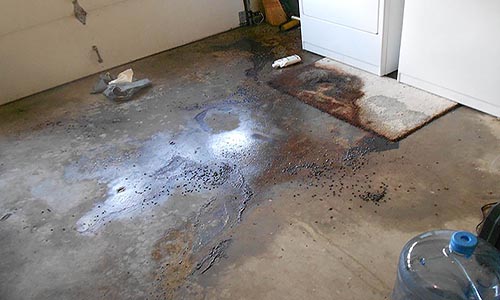Introduction:
Biohazards refer to biological substances or materials that pose a threat to human health, animals, or the environment. They can include infectious agents, toxins, chemicals, or any other biological materials that have the potential to cause harm. The presence of biohazards can lead to severe consequences, ranging from the spread of diseases to environmental contamination. In this article, we will explore the dangers of biohazards and emphasize the importance of proper handling, containment, and disposal of these hazardous materials.
Spread of Infectious Diseases:
One of the primary dangers associated with biohazards is the potential for the spread of infectious diseases. Pathogens, such as bacteria, viruses, fungi, and parasites, can be present in biohazardous materials and cause a wide range of illnesses. These diseases can be transmitted through direct contact with infected individuals, contaminated surfaces, or inhalation of airborne particles. Inadequate handling or improper disposal of biohazardous waste can contribute to the rapid transmission of infectious diseases, endangering the health of individuals and communities.
Occupational Hazards:
Professionals who work in industries where they come into contact with biohazardous materials face significant occupational hazards. Healthcare workers, laboratory technicians, waste management personnel, and emergency responders are examples of individuals at higher risk. Exposure to biohazards can occur through accidental injuries, needle pricks, inhalation, or direct contact with infected bodily fluids. These exposures can lead to severe infections, chronic health conditions, or even fatalities. It is crucial for these professionals to receive proper training, wear appropriate personal protective equipment (PPE), and adhere to strict safety protocols to mitigate the risks associated with biohazards.
Environmental Contamination:
Biohazardous materials can also pose a threat to the environment if not handled and disposed of correctly. Improper disposal methods, such as dumping biohazardous waste inappropriately or releasing contaminated fluids into water sources, can result in pollution and ecological damage. When biohazards enter ecosystems, they can harm wildlife, disrupt natural processes, and contaminate soil and water resources. Additionally, biohazardous materials that find their way into landfills can potentially leach into groundwater, compromising water quality and affecting human populations.
Preventing and Mitigating Biohazard Risks:
To effectively address the dangers of biohazards, several preventive measures and mitigation strategies are necessary. These include:
- Education and Training: Raising awareness about biohazard risks and providing comprehensive training on safe handling, storage, and disposal of biohazardous materials.
- Proper Containment and Disposal: Implementing robust containment protocols, such as using secure biohazard waste containers, ensuring appropriate labeling, and following established disposal guidelines.
- Personal Protective Equipment (PPE): Encouraging the use of suitable PPE, including gloves, masks, goggles, and protective clothing, to minimize the risk of exposure.
- Regulatory Compliance: Adhering to local, national, and international regulations and guidelines regarding the handling, transportation, and disposal of biohazardous materials.
- Surveillance and Monitoring: Establishing surveillance systems to track outbreaks, identify emerging biohazards

